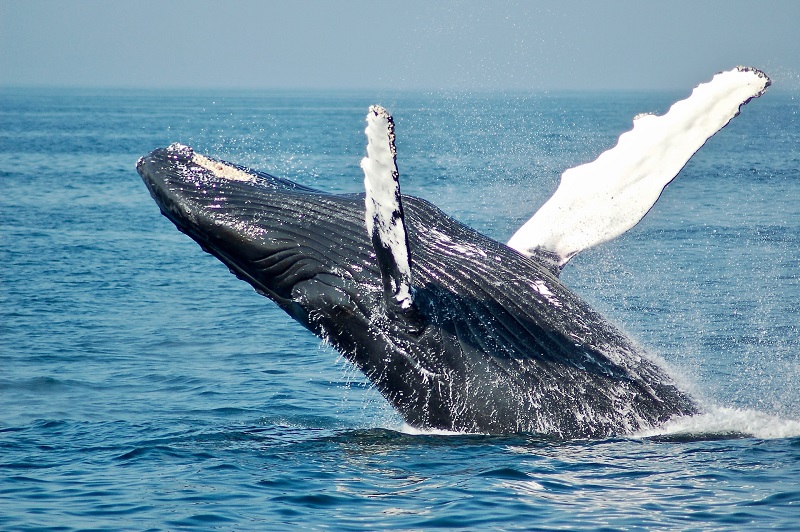From predicting the weather to helping develop a better tasting cup of coffee, maths impacts our lives on a daily basis. Here are 26 examples of maths being used in the real world.
A is for Algorithm
Algorithms are often quoted in the press, usually for bad reasons, but they have many very beneficial applications. Find out more in ‘Algorithms – The Good, The Bad and The Mutant’.

B is for Biology
Maths Biology has seen rapid growth in the last few years. Maths Biology PhD student Ben Calverley is investigating how parts of our bodies are controlled by our Circadian Clocks. Find out more in Ben’s Career Profile.
C is for Coffee
Professor William Lee makes mathematical models for brewing coffee, working with chemists and baristas. Surprisingly he found a coarser grind leads to stronger coffee. Find out more in ‘The Mathematical Search for the Perfect Cup of Coffee’.

D is for Driverless Cars
Researchers at the University of Leicester are using artificial intelligence to automatically test driverless cars. Find out more in ‘Would you trust a driverless car?’.
E is for Eggs
What is better value – Medium or Large Eggs? Maths helps you analyse data and make decisions scientifically. Want to know the answer? Read this article on Medium vs Large Sized Eggs.

F is for Finance
Working in finance could mean detecting fraud, working for a charity, insuring against the risks of terrorism or predicting how many croissants are going to be sold by a Coffee Shop. Read more: ‘Maths Jobs in the Finance sector’.
G is for Game Theory
Game Theory is not just for playing boardgames. Governments, businesses and even hostage negotiators use Game Theory to make better decisions. Find out more in: ‘Is it ever only a game?’
H is for Height
How high can a high jumper or pole-vaulter reach? Are there theoretical maximums and how close are the current world record holders? Read more here.

I is for Ice Sheets
Maths can be used to model how ice sheets might melt in the future as global temperatures rise. Find out more in: ‘What did the Greenland ice sheet used to look like? Using maths to understand climate change’.
J is for Jams on the Motorway
Ever met a traffic jam with no obvious cause? It was probably a phantom traffic jam and mathematicians are working to understand this very annoying phenomenon. Find out more about Phantom Traffic Jams.

K is for Knots
Knot Theory is a branch of mathematics which is helping scientists understand how DNA is knotted or how molecules behave. Find out more about Knot Theory.
L is for the Long Jump
What is the maximum theoretical limit to how far a long jumper can reach? A branch of mathematics called Mechanics may hold the answer.
M is for Mathematical Modelling
What is the difference between a mathematical model and a simulation? Professor Chris Budd explains all in this article.
N is for Non-destructive Testing
Non-destructive testing is the science of checking things are safe without having to blow them up, crash them or take them apart. Find out how mathematics can help detect 1mm cracks in a jet engine.
O is for Oncology
Poiseuille’s Law is normally used to model the flow of liquid in pipes. Mathematicians are using it to show how blood flows within virtual 3D tumours, allowing more effective testing of cancer drugs. Find out more.
P is for the Paralympic Games
It’s hard to award medals fairly to athletes with a range of different impairments. Professor David Percy talks about how mathematics has helped the International Paralympic Committee (IPC) tackle this tricky problem.

Q is for Quieter Skies
Aircraft noise is a big problem being tackled by mathematicians. The same ideas can also be used to reduce underwater noise which affects the behaviour of whales. Read more in the article ‘Quieter Skies’.
R is for Retail
Maths is at the heart of any successful retail business. Find out more in ‘Where can Maths Graduates work in the retail industry’.
S is for Stunts
When motorcyclist Guy Martin wanted to break the world record for riding the Wall of Death he enlisted Professor Hugh Hunt to do the maths.

T is for Theme Parks
Find out how maths controls your every move in this article ‘Rollercoaster Maths’.
U is for Umbrellas
How do meteorologists work out when you should get out your umbrella? Find out in ‘How Maths Keeps an Eye on the Weather’.
V is for Virus
Professor Reidun Twarock is a Mathematical Virologist who studies the icosahedral symmetry of viruses. Read more in: ‘An Interview with Professor Reidun Twarock’.

W is for Whales
A major threat to whales is being struck by shipping. Mathematical modelling is being used to keep ships and whales apart. Read more in ‘Pythagoras Saves the Whales’.
X is for X-Rays
Prof Manuchehr Soleimani from the University of Bath is using X-Rays and the mathematical theory of Tomography to improve the treatment of tumours. Read more: ‘Saving Lives with Mathematics: Removing landmines and tumours’.
Y is for Yield
How can a farmer arrange trees in an orchard to minimise the spread of blight and improve yield? The answer could be to use Percolation Theory. Read more in ‘Percolating Possibilities’.

Z is for Zoology
The stripy pattern on a tiger’s coat is governed by a system of equations – a process first noticed by the mathematician Alan Turing in the 1950s.
Article: How the Tiger Got Its Stripes, The Mathematics of Pattern Formation
Image Credits
Featured Image by StockSnap from Pixabay
Algorithms Photo by Christina @ wocintechchat.com on Unsplash
Coffee by Fahmi Fakhrudin on Unsplash
Iceberg by Annie Spratt on Unsplash
Knot by Philip Oroni on Unsplash
Plane by Samuel’s Photos on Unsplash
Rollercoaster by Priscilla Du Preez 🇨🇦 on Unsplash
Whale by Todd Cravens on Unsplash
Tiger by Donnie Ray Crisp on Unsplash
Article by Hazel Lewis






